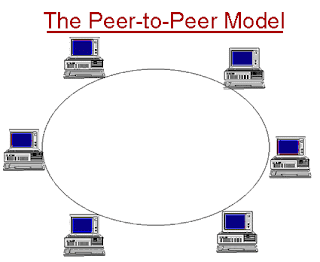THE WORLD WIDE WEB
•The World
Wide Web, a
service of the Internet.
•The Internet was developed in the late
1960s.
•The World
Wide Web emerged
in the early 1990s.
WORLD WIDE WORLD
THE WORLD WIDE WORLD
- Web pages
- Each electronic documents on the Web.
- Can contain text, graphics, animation, audio and video.
- Types of web pages
- Static (fixed) : A fixed Web page where visitors all see the same content.
- Dynamic (changing) : A Web page that allows visitors to customize some of all the viewed contents.
WEB BROWSER
- A Web browser, or browser, is application software that allows users to access and view Web pages.
- The purpose of a web browser is to bring information resources to the user.
- With an Internet connection established, you start a Web browser.
- The browser retrieves and displays a starting Web page.











